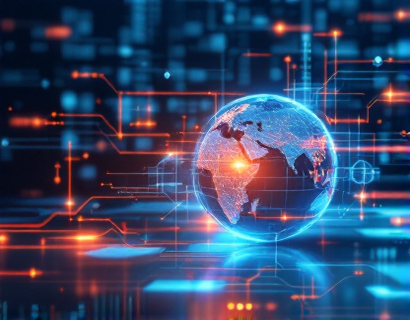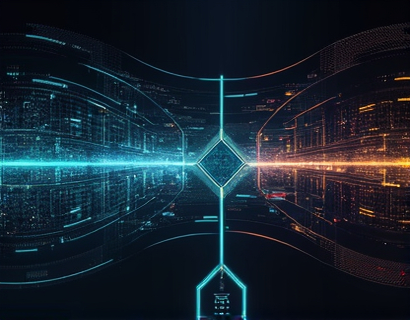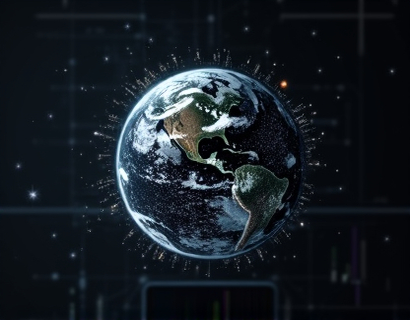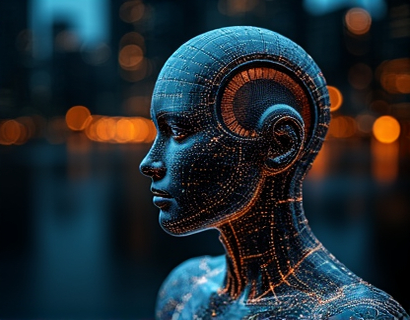Automated Document Translation: Revolutionizing Global Communication with AI-Powered Multilingual Solutions
In an increasingly globalized world, the need for efficient and accurate multilingual communication has become paramount. Businesses and individuals are constantly seeking ways to bridge language barriers to enhance collaboration, expand markets, and improve customer service. Automated document translation, powered by advanced AI technologies, is at the forefront of this revolution. This cutting-edge solution automates the conversion of text into multiple languages with precision and cultural sensitivity, significantly reducing the time and resources traditionally required for manual translation.
The integration of AI in document translation has transformed the landscape of global communication. Traditional translation methods often struggle with maintaining context, nuance, and cultural relevance, leading to inaccuracies and miscommunications. AI-driven translation tools, however, leverage machine learning algorithms and vast linguistic databases to deliver translations that are not only linguistically correct but also culturally appropriate. This advancement ensures that messages are conveyed accurately and effectively across different languages and cultures.
How AI-Powered Translation Works
At the core of AI-powered document translation is a sophisticated combination of natural language processing (NLP), machine learning, and deep learning techniques. These technologies enable the system to understand and interpret the context, tone, and intent behind the text. Here’s a brief overview of the process:
- Text Analysis: The system first analyzes the input text to identify language, structure, and context.
- Contextual Understanding: Advanced algorithms process the text to grasp the meaning and nuances, including idioms and colloquialisms.
- Translation Engine: The translation engine then converts the text into the target language, ensuring grammatical accuracy and coherence.
- Cultural Adaptation: AI models are trained on vast datasets to recognize and adapt to cultural differences, ensuring that translations are culturally relevant and sensitive.
- Post-Processing: The final translation undergoes post-processing to refine the output, making it sound natural and fluent in the target language.
This multi-step process ensures that translations are not just word-for-word conversions but meaningful and contextually accurate representations of the original text. The result is a seamless communication experience that bridges language gaps effectively.
Benefits of Automated Document Translation
The adoption of AI-powered translation tools offers numerous benefits for both businesses and individuals. Some of the key advantages include:
1. Time Efficiency: Automated translation significantly reduces the time required to translate large volumes of documents. This speed is crucial for businesses that need to respond quickly to global markets or manage multilingual customer support.
2. Cost Savings: By eliminating the need for extensive human translation resources, organizations can save on translation costs. This makes global communication more accessible and budget-friendly.
3. Accuracy and Consistency: AI translation tools maintain high levels of accuracy and consistency across translations. This is particularly important for legal, medical, and technical documents where precision is critical.
4. Cultural Sensitivity: Advanced AI models are trained to understand and respect cultural nuances, ensuring that translations are appropriate and effective in different cultural contexts.
5. Scalability: Automated translation solutions can handle large-scale translation projects effortlessly, making them ideal for global enterprises with extensive multilingual needs.
6. Real-Time Translation: Many AI translation tools offer real-time translation capabilities, facilitating immediate communication and collaboration across languages.
Enhancing International Collaboration
The impact of AI-powered translation on international collaboration cannot be overstated. In a global business environment, effective communication is key to success. Automated translation tools break down language barriers, enabling teams from different parts of the world to work together seamlessly. Here are some specific ways these tools enhance collaboration:
1. Streamlined Workflows: Translation automation integrates smoothly into existing workflows, reducing bottlenecks and improving overall efficiency. This allows teams to focus on core tasks rather than getting stuck on language-related challenges.
2. Improved Understanding: Accurate and culturally sensitive translations ensure that all team members fully understand the content, reducing misunderstandings and errors.
3. Enhanced Creativity: With reliable translation tools, creative teams can collaborate across languages, fostering innovation and diversity in ideas and projects.
4. Global Customer Engagement: Businesses can better serve international customers by providing multilingual support and content, enhancing customer satisfaction and loyalty.
5. Knowledge Sharing: Researchers and professionals can share knowledge and insights across languages, accelerating global research and development efforts.
Challenges and Considerations
While AI-powered translation offers numerous advantages, it is essential to be aware of certain challenges and considerations:
1. Limitations in Complex Texts: While AI has made significant strides, it may still struggle with highly specialized or context-dependent texts, such as legal documents or poetry. Human oversight is often necessary in these cases.
2. Data Privacy: Organizations must ensure that sensitive information is handled securely, especially when using cloud-based translation services. Compliance with data protection regulations is crucial.
3. Continuous Learning: AI models require regular updates and training to maintain and improve their accuracy. This involves ongoing investment in data and technology.
4. User Training: Effective use of translation tools requires some level of training and understanding. Users should be educated on how to input text correctly and interpret translations accurately.
5. Language Coverage: While many languages are well-supported, some lesser-known languages may have limited translation options. Users should verify the availability of the required languages.
Future Trends in Automated Translation
The field of automated document translation is rapidly evolving, with several exciting trends on the horizon:
1. Increased Personalization: Future AI translation models will likely offer more personalized experiences, adapting to individual writing styles and preferences over time.
2. Integration with Other Technologies: Combining translation AI with technologies like augmented reality and virtual assistants will create more immersive and interactive multilingual experiences.
3. Enhanced Contextual Understanding: Ongoing advancements in NLP and machine learning will further improve the ability of AI to understand and convey complex contexts and subtleties.
4. Reduced Latency: Improvements in processing speed and cloud infrastructure will lead to near-instantaneous translations, making real-time communication even more seamless.
5. Broader Language Support: As demand grows, more languages will be supported, including rare and endangered languages, helping to preserve linguistic diversity.
Conclusion
The integration of AI-powered translation tools represents a significant leap forward in global communication. By automating the translation process with precision and cultural sensitivity, these solutions streamline workflows, enhance collaboration, and break down language barriers. As the technology continues to evolve, the potential for more effective and inclusive global communication is immense. Organizations and individuals alike can leverage these advanced tools to navigate the complexities of a multilingual world with ease and confidence.










































